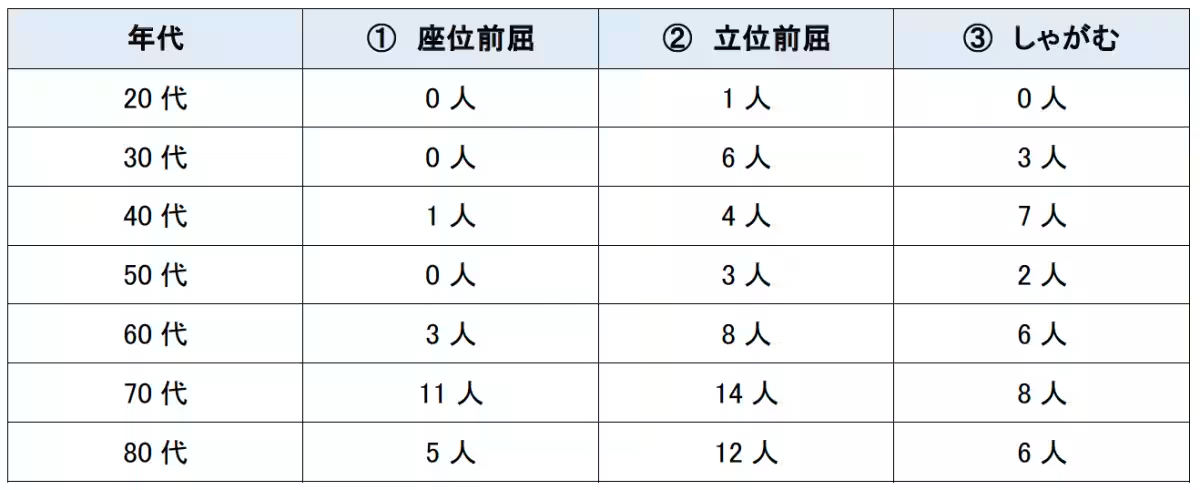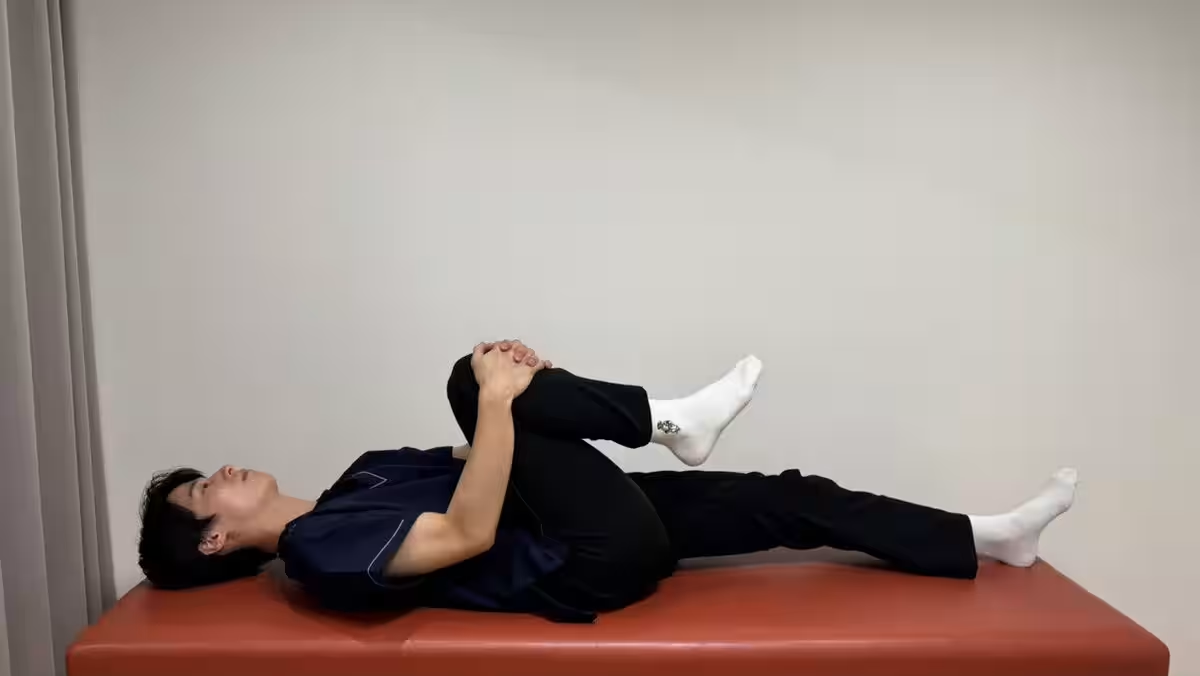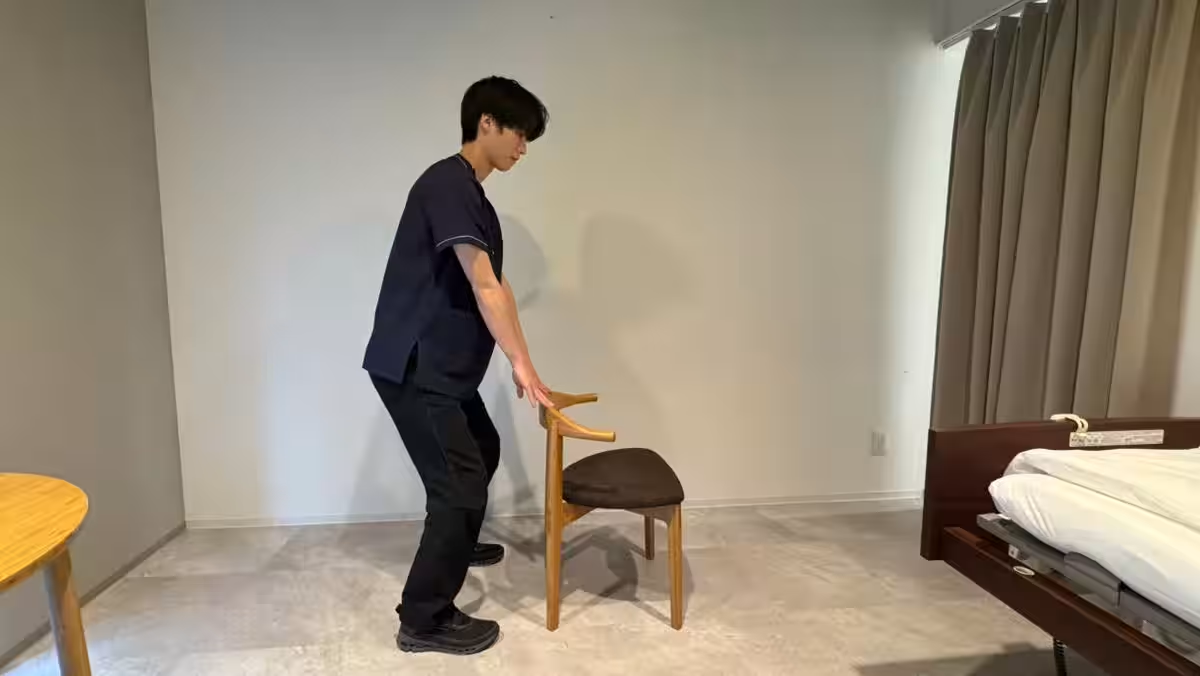

Understanding the Importance of Proper Posture for Preventing Back Pain in Elderly Individuals
Understanding the Importance of Proper Posture for Preventing Back Pain in Elderly Individuals
As the rainy season rolls in, many people experience discomfort due to pressure changes and rising temperatures. While it is commonly believed that back pain is more prevalent in the colder months of winter due to reduced blood circulation and muscle stiffness, the summer months also pose significant risks. With the heightened caution regarding heat stroke, many people find themselves spending extended periods in air-conditioned environments, making it harder to avoid bodily cooling and increasing the risk of back pain.
The ILC International Lumbar Pain Clinic, located in Tokyo and Osaka, embodies the principle of delivering effective and secure pain treatments. In a surprising move during a season where caution against back pain is crucial, the clinic conducted a patient survey focusing on the everyday act of picking up objects at home.
Overview of the Patient Survey
- - Target: Patients at ILC International Lumbar Pain Clinic (Tokyo and Osaka branches) (Gender ratio: 60% male, 40% female)
- - Survey Period: May 13, 2025 – June 6, 2025
- - Method: Optional multiple-choice questionnaire during medical appointments
- - Number of Participants: 100 individuals
The Negative Cycle of Poor Posture in the Elderly
This survey was aimed at identifying how different age groups handle the act of picking up objects at home and the impact on the lumbar region (particularly the intervertebral discs). Analysis revealed that older adults, who should ideally be more cautious with their back, tend to adopt more strain-inducing positions when performing this action. Conversely, younger individuals favor squatting to pick up items more frequently.
Findings suggest that as people age, a decline in the flexibility and strength of the knees and hip joints forces them into more back-stressing positions. This trend can potentially escalate the risks of back pain and conditions like lumbar disc herniation. The study indicates that it is vital for individuals, especially the elderly, to consciously adopt proper body mechanics in their day-to-day activities. Maintaining muscle strength, stretching regularly, and reassessing living environments are critical for enabling routines such as squatting, which promote back health and extend longevity.
Survey Results by Age Group
The survey results delineate how daily actions used by “back pain patients” can inadvertently lead to more stress on their lumbar regions. The medical consensus asserts that the load on the back increases in the following order:
1. Sitting forward bend > 2. Standing forward bend > 3. Squatting (without bending the back)
Thus, from a back pain prevention perspective, the most beneficial position is squatting to pick up items.
Key Trends:
- - In the 20s to 40s age bracket, there exists a relatively high percentage of individuals choosing either standing or squatting to pick items up. This likely reflects greater flexibility and strength in this demographic.
- - The 50s and older age groups show a marked decrease in squatting, reflecting a change toward sitting or standing techniques, with a particularly noticeable trend in the 80s where more individuals resort to bending their backs.
This increasing reliance on harmful positions correlates with a decline in joint flexibility and muscle strength that comes with aging, thereby raising the hazards of back pain and herniation. Developing awareness of body mechanics can result in substantial improvements in health outcomes, making it imperative to promote exercises that enhance flexibility and muscle strength among older adults.
Recommended Countermeasures
Utilizing Stretching and Exercise to Improve Motion
Strength training targeting the lower body can significantly enhance flexibility in the hips and knees, making squatting easier.
Hip and Knee Flexion Training:
1. Lying on your back, exhale as you bring one knee toward your chest, holding it close.
2. Maintain this position for approximately 15 seconds while breathing steadily.
3. Return the bent knee to the floor and return to the starting position.
4. Repeat with the opposite leg.
Chair Squats:
Performing squats utilizing a chair strengthens the lower body while ensuring proper posture.
- - Routine: Holding the squat position for 3 seconds, repeat three times on each side. Perform 10 repetitions for three sets.
- - Tip: Engage in exercises daily within comfortable limits. Try incorporating them several times a day.
Adjusting Movement According to the Situation
- - If flexibility and strength are lacking: Use support (such as a chair) while moving, and perform feasible movements to a comfortable extent.
- - If experiencing pain: Move gently within the limits of comfort, possibly utilizing support as needed.
- - For those with limited flexibility and pain: Consider using tools like reachers or receiving assistance from someone else to avoid strain.
In the case of back pain, seeking expert medical advice is crucial. Timely care can prevent worsening conditions, leading to effective treatment and resolution. The ILC International Lumbar Pain Clinic prioritizes understanding patient conditions and recommending the best courses of action and treatments that align with patient awareness and consent. Individuals concerned about daily activities or persistent back pain should contemplate evaluating their conditions. For more information or assistance, don't hesitate to reach out for a consultation.
About ILC International Lumbar Pain Clinic
This clinic provides cutting-edge outpatient treatments for back pain, including the Sergel Method, Florence Method, and Q Florence Method.
Website: ILC Clinic
Tokyo Clinic
- - Name: ILC International Lumbar Pain Clinic Tokyo
- - Address: 1-8-15, Konan, Minato-ku, Tokyo
- - Phone: 03-6712-3520
- - Hours: 9:00 AM – 5:00 PM
- - Closed: Thursdays, Sundays, and holidays
Osaka Clinic
- - Name: ILC International Lumbar Pain Clinic Osaka
- - Address: 5-4-20, Nishinakajima, Yodogawa-ku, Osaka
- - Phone: 03-6711-7662
- - Hours: 9:00 AM – 5:00 PM
- - Closed: Wednesdays, Sundays, and holidays






Topics Health)










【About Using Articles】
You can freely use the title and article content by linking to the page where the article is posted.
※ Images cannot be used.
【About Links】
Links are free to use.